Dog agility, a thrilling and captivating sport, has gained immense popularity among dog enthusiasts worldwide. This blog post aims to take you on a journey through the history of dog agility, tracing its roots, evolution, and the remarkable bond between humans and their four-legged companions. From its humble beginnings to its current status as a widely recognized sport, dog agility has come a long way, captivating the hearts of both participants and spectators alike.
The Birth of the Sport
Dog agility traces back to the 1970s when it was first introduced as a demonstration event at the Crufts Dog Show in the United Kingdom. The concept was inspired by equestrian show jumping, to create a similar sport for dogs. The initial demonstration received an overwhelmingly positive response, leading to the birth of dog agility as a competitive sport.
Influences from Other Disciplines
The development of dog agility was also influenced by other dog training disciplines, such as obedience and herding. Elements from these disciplines were incorporated into the sport, adding complexity and variety to the courses. This fusion of different training methods and skills laid the foundation for modern-day dog agility’s diverse and dynamic nature.
Spread Across the Globe
After its introduction in the UK, dog agility quickly gained popularity and spread to other countries. The sport’s appeal lies in its ability to showcase the agility, speed, and intelligence of dogs, making it a thrilling spectacle for both participants and spectators. Today, dog agility competitions are held worldwide, with numerous organisations dedicated to promoting and organizing events.
Standardization and Rule Development:
As dog agility grew in popularity, the need for standardization and consistent rules became evident. Various organizations, such as the Agility Association of Canada (AAC) and the American Kennel Club (AKC), emerged to establish guidelines and regulations for the sport. These organizations play a crucial role in ensuring fair competition and maintaining the safety and well-being of both dogs and handlers.
The Sport Today
Courses and Obstacles:
Modern dog agility courses are designed to challenge the dogs’ physical abilities and mental acuity. Courses typically consist of a variety of obstacles, including jumps, tunnels, weave poles, A-frames, and seesaws. The complexity and arrangement of these obstacles vary, requiring dogs to navigate through them in a specific sequence within a set time limit.
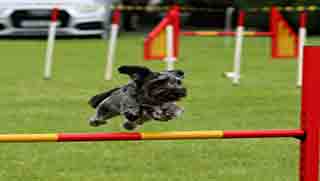
Dog Agility Jump
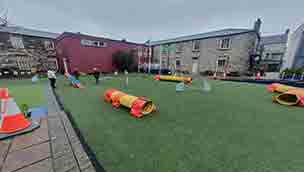
Dog Agility Tunnels
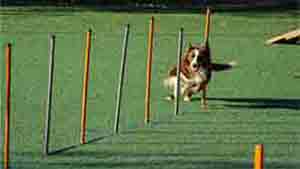
Dog Agility Weave Poles
Different Levels and Classes:
Dog agility competitions are divided into different levels and classes to accommodate dogs of various skill levels and sizes. From beginners to seasoned competitors, there is a class suitable for every dog and handler team. This inclusivity allows participants to progress and improve their skills while enjoying the sport at their own pace.
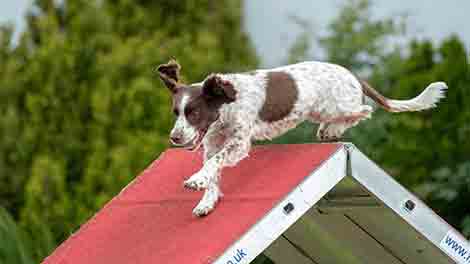
Dog Agility A-Frame
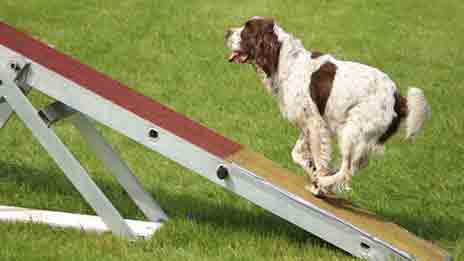
Dog Agility Seesaw
The Human-Canine Bond:
One of the most remarkable aspects of dog agility is the bond between dogs and their handlers. The sport requires clear communication, trust, and teamwork between the two. Handlers use verbal cues, body language, and hand signals to guide their dogs through the course, relying on their deep connection and understanding. The partnership between dogs and handlers is a testament to the incredible bond that can be formed between humans and their canine companions.
Conclusion
From its humble beginnings as a demonstration event to its current status as a globally recognized sport, the history of dog agility is a testament to the enduring bond between humans and dogs. The sport’s evolution, standardisation, and the remarkable skills displayed by dogs have captivated audiences worldwide. Dog agility continues to grow in popularity, bringing joy and excitement to both participants and spectators. As we look to the future, it is clear that dog agility will continue to thrive, showcasing the incredible abilities and the unbreakable bond between humans and their furry friends.
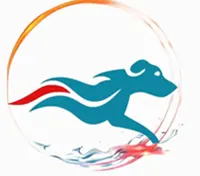
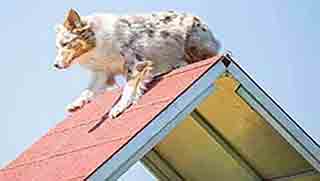

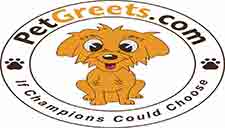

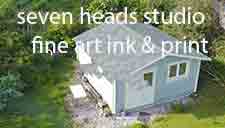
0 Comments